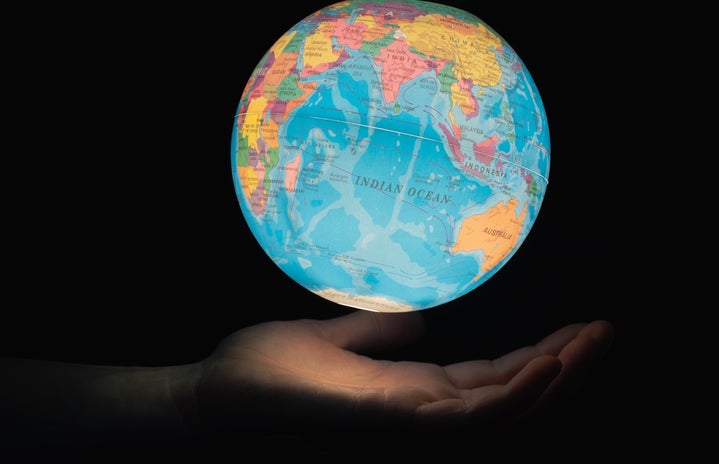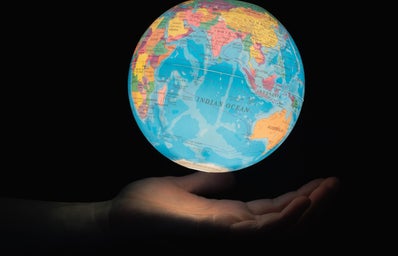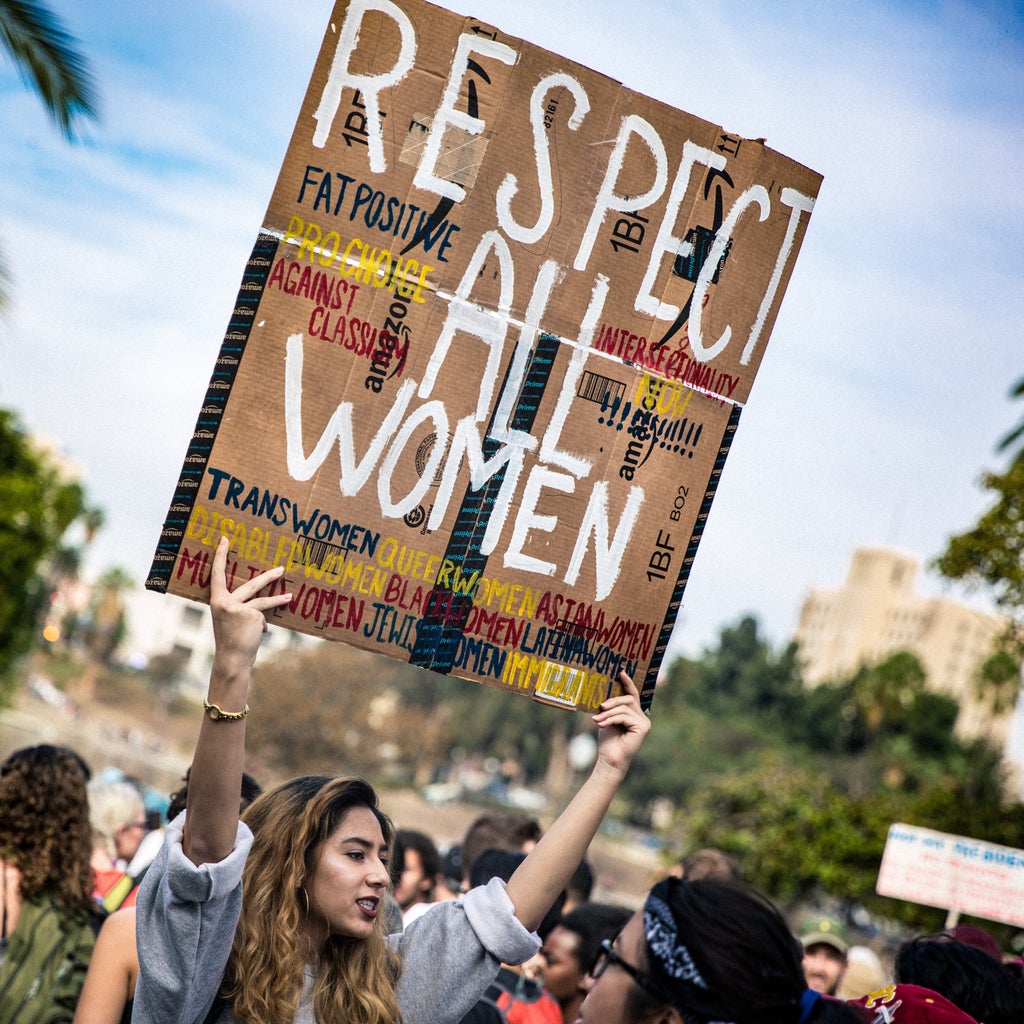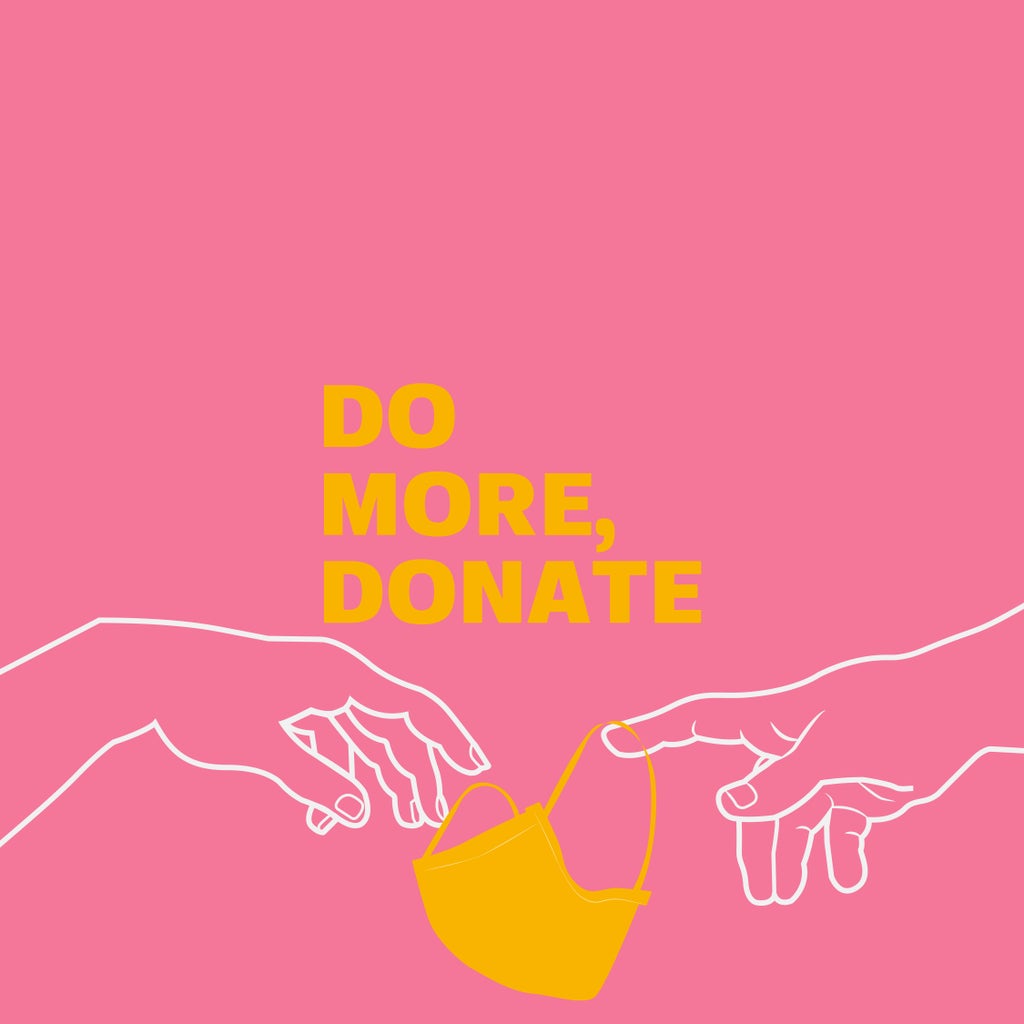Amid the international, local, and personal chaos of the past two years, devoting thoughtful awareness to everything we feel deserves our attention is challenging, if not impossible. I frequently find myself dwelling on the immediate problems of everyday life rather than the crises that loom ever larger because the everyday problems have become much more serious over these past two years. The COVID-19 pandemic, the emergence and spread of the Delta variant, social isolation, pervasive mental illness, destructive fires and floods, the no-longer distant fear of climate change; all of these are unavoidable. Staying afloat right now is overwhelming, but I fear that this inundation of problems will make it easier for us to overlook the people that, for other reasons, desperately need our attention. Foremost among these populations are those intimately affected by the crisis in Afghanistan.
How did the crisis in Afghanistan start?
The conflict in Afghanistan is not, by any stretch, a new crisis. After the withdrawal of Soviet Union forces from Afghanistan in 1991, the pro-communist Afghan government fell. In 1994 the Taliban took control of Kandahar, a city in southern Afghanistan. With little delay, they imposed their own interpretation of Islam in this region. By 1998, the Taliban controlled most of Afghanistan. After the al-Qaida attacks of September 11th, 2001, the United States demanded that the Taliban hand over the al-Qaida leader Osama bin Laden. When they refused, the U.S. initiated a coalition called Operation Enduring Freedom to impose military force against the Taliban and al-Qaida. Taliban rule collapsed in late 2001, but members of al-Qaida remained in hiding in Afghanistan. U.S. government and military continued to support the Afghan government in opposition to Taliban insurgents until the U.S. evacuation this week. It was the longest war in the history of the United States.
What does Taliban rule look like?
The Taliban emerged in Northern Pakistan in the early 1990s with the goal of enforcing a particularly strict interpretation of Sharia (Islamic law). When the Taliban previously ruled Afghanistan (from 1996 to 2001), this version of Sharia meant barring women from attending school, seeking employment, or leaving their houses without a male guardian at their side. They also utilized punishments such as public beatings, amputations and executions for those who disobeyed their interpretation of Sharia. Television and most musical instruments were banned.
What does the crisis in Afghanistan mean for women today?
In the past, Taliban rule meant restricting the freedom of women. Along with preventing access to education, employment, and a world of independence without the presence of a male, the Taliban also imposed restrictions on women’s clothes and behavior. Police officers specifically in charge of enforcing “morality” paroled in search of women violating these rules. If discovered, women were often whipped or amputated. Among the most extreme of these punishments was stoning to death, a penalty doled out to women accused of adultery. Now, in 2021 as U.S. troops evacuate and Taliban rule returns, the fate of women is both uncertain and terrifying.
Spokespeople for the Taliban have asserted that this time women will be able to work, attend school, and participate in government, but outside Afghanistan’s capital city of Kabul, the Taliban are already beginning to close down women’s schools and clinics. Some women have been instructed not to leave their homes without a male guardian—an imposition starkly similar to the previous period of Taliban rule. Despite the Taliban’s promise of change, it seems unlikely that the cycle of violence and restraint for women in Afghanistan will end. If anything, current events suggest that the situation is likely to revert back to something closely resembling the tragedy-filled years from 1996 to 2001.
How can you help?
Consider donating to these organizations:
- Women for Women International is a nonprofit humanitarian organization currently collecting donations to help Afghan women reach places of safety and stay connected: https://www.womenforwomen.org/
- Vital Voices has set up an emergency relief fund to help meet the needs of at-risk Afghan women and families: https://www.vitalvoices.org/2021/08/vital-voices-statement-on-the-women-of-afghanistan/?mc=afghanistan
- Vital Voices has also initiated an open letter that you can sign to urge the Biden administration to support vulnerable Afghan women and girls: https://www.vitalvoices.org/2021/08/leading-advocates-for-women-call-on-biden-administration-do-not-abandon-afghan-women-and-girls/
- The International Rescue Committee is seeking funds to provide relief and recovery assistance to those affected by the crisis in Afghanistan: https://www.rescue.org/country/afghanistan
- Human Rights First is seeking pro bono lawyers to help those evacuating Afghanistan. They also have a link for donations to their rapid response fund and suggestions for ways that you can help spread the word about what is happening: https://www.humanrightsfirst.org/resource/resources-afghan-evacuation
To learn more…
Check out these podcasts:
- Prologue & Act 1 of this episode of This American Life: https://www.thisamericanlife.org/745/getting-out
- This episode of Poetry Off the Shelf: https://www.poetryfoundation.org/podcasts/156383/leaving-and-loving-afghanistan
….And these news articles that I used for reference throughout this piece:
A Timeline Of Afghanistan’s 4 Decades Of Instability
What is Shariah Law, And What Does it Mean for Afghan Women?




